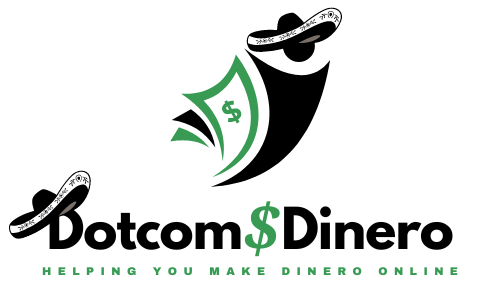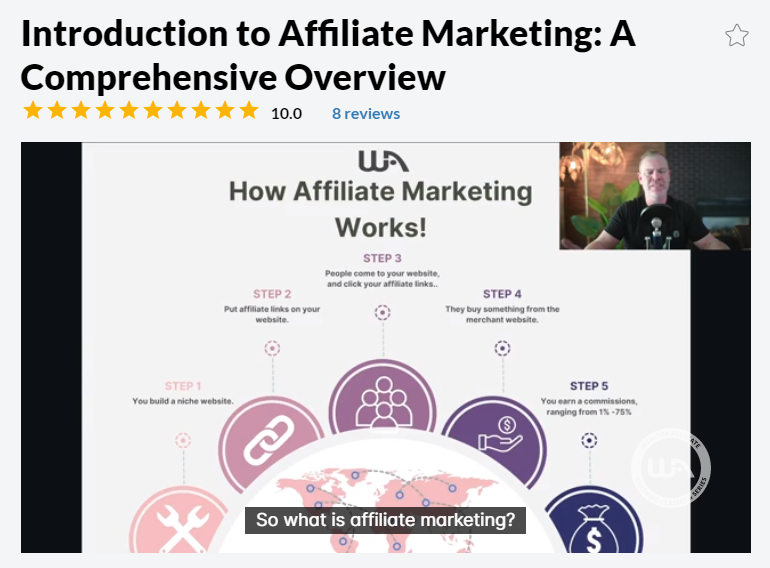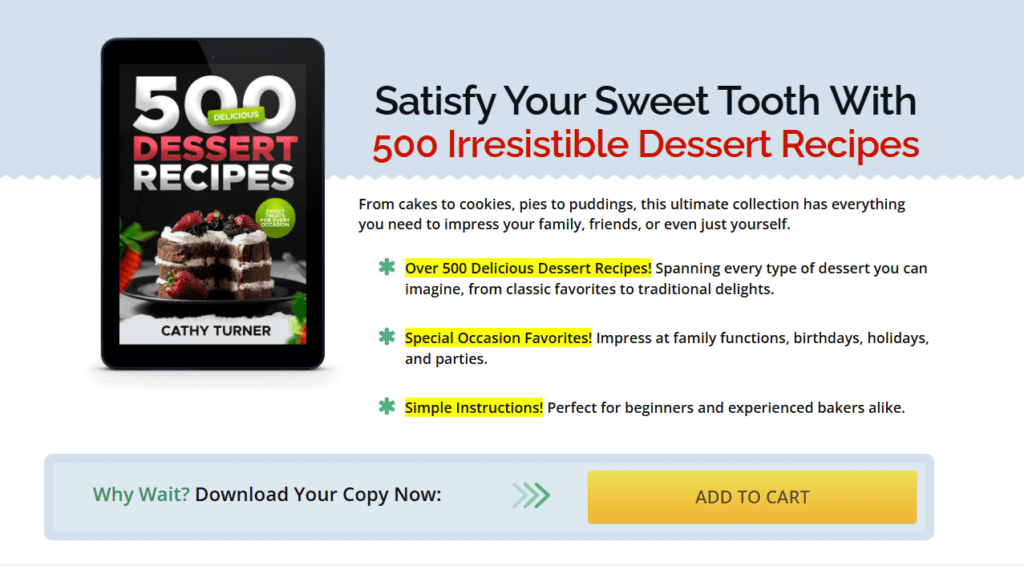The internet has opened up countless opportunities for food enthusiasts to turn their love of cooking into a steady income stream. Whether you’re sharing treasured family recipes or exploring the latest culinary trends, there’s potential not just to share your passion but to make a living from it. Food blogging, in particular, has evolved from a casual pastime into a viable career path.
Monetizing a food blog isn’t just about making money; it’s about creating a sustainable business model that allows you to pour more resources and time into what you love—cooking. By successfully monetizing your blog, you can transform a once-hobby into a full-fledged career, opening doors to opportunities you might not have considered otherwise.
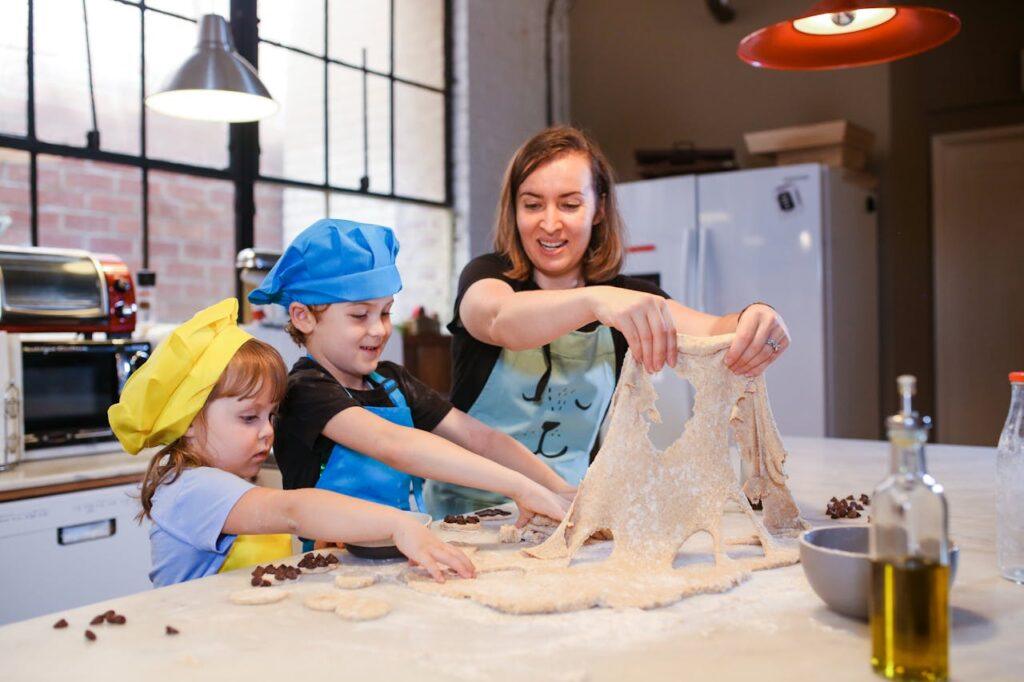
Many start food blogs with varied motivations. For some, it’s about achieving financial independence. Others are drawn to the idea of connecting with a wider audience who share their culinary interests. Regardless of your motivations, understanding the art of turning your blog into a profitable venture is vital.
Monetization can come in several forms—sponsored posts, affiliate marketing, selling your culinary creations, and more. Each option requires different strategies and commitments, but they all share the common goal of rewarding the creator’s expertise and innovation.
You Can Do This!!
If you are serious about building an online business from your love of cooking, then you will need to get some training and support to give you the best chances for success. Click the button below and you can get a free starter membership to the platform I use to build all of my online businesses. It’s an awesome all-in-one online business community where you will get all the tools, training, and support you need to build a profitable online hiking business.
This article will guide you through the essential steps and techniques to make money from your culinary skills online, helping you find the right balance between passion and business. And, you can get a free trial of the platform I use to build and monetize all of my blogs by clicking the button above.
Crafting a Compelling Food Blog
Creating a food blog that stands out starts with understanding what makes your culinary journey unique. Pinpoint what makes your cooking style or approach special, and let that shape your niche. Maybe it’s a focus on vegan desserts, heirloom recipes, or regional specialties; whatever it is, being clear about your focus helps attract a like-minded audience.
- Building an online presence is more than just posting recipes. Engage with your readers by interacting with their comments, sharing personal stories behind your dishes, or providing cooking tips and tricks. This personal touch not only enhances the reader’s experience but builds lasting relationships and trust.
- Your storytelling prowess can be a game-changer. Narratives about food bring recipes to life, captivating readers beyond the ingredients and instructions. Share stories that connect your personal experiences or culture with the food you create; these narratives create an emotional hook that keeps readers coming back for more.
- One often overlooked aspect is leveraging multiple platforms. Don’t limit yourself to just the blog. Use social media channels like Instagram or Pinterest to showcase your creations visually, drawing more traffic to your main site. Each of these platforms has its own strengths, so understanding how to use them to complement your blog is key.
- As you cultivate your food blog, remember to continually refine your skills. Learning about photography, SEO, or even video editing can significantly enhance your blog’s appeal. The more effort you put into honing these complementary skills, the more polished and professional your blog will seem.
Understanding the Fundamentals of Blog Monetization
Blog monetization isn’t a one-size-fits-all approach. The key lies in diversifying your income streams to ensure stability and growth.
- Beyond basic ad revenue, look into partnerships, sponsored content, and affiliate links as viable options. The broader your scope, the more resilient and profitable your venture becomes.
- High-quality content remains at the heart of successful monetization. Engaging, informative, and visually appealing posts attract readers and build loyalty. Consistently delivering value keeps your audience coming back, which in turn, drives monetization avenues like ad revenue and affiliate marketing.
- Cultivating a loyal readership takes time and effort but pays off significantly. Encourage interactions through comments, social media engagements, or emails. These interactions provide insights into what your audience loves, allowing you to tailor content and monetization strategies accordingly.
- Understanding your audience’s preferences helps in crafting content that resonates with them, increasing engagement rates. From there, you can integrate monetization elements, such as affiliate links, in a way that feels organic rather than intrusive.
- A successful food blog requires a balance between passion and business acumen. Set aside time to analyze analytics, understand reader behavior, and tweak strategies accordingly. This data-driven approach will guide your efforts in making informed decisions about monetization.
- Monetizing your blog effectively transforms it into a sustainable business model. It’s about providing value while ensuring that your financial gains align with your readers’ interests and your passion.
The Numbers Behind a Successful 100K Online Cooking Business
Suppose you join an affiliate program that offers a $60 commission per sale of premium cookware. If your goal is to make a healthy income online, here is a simple math breakdown:
- 1667 sales per year (1667 × $60 ≈ $100,000)
- Approximately 139 sales per month
- About 5 sales per day
These numbers might seem challenging at first, but with a good strategy and targeted traffic, they become realistic goals. Solid planning and consistent effort are key to turning these figures into a thriving business.
Effective Strategies for Monetizing Your Food Blog
Monetizing a cooking blog successfully involves exploring various strategies that align with your strengths and audience interests.
- Sponsored posts, for instance, offer an opportunity to collaborate with brands that complement your blog’s theme. These partnerships not only bring financial gain but can also enhance your credibility if chosen wisely.
- Affiliate marketing stands out as one of the most accessible and rewarding approaches. By promoting products or services that you genuinely use and love, you can earn commissions from purchases made through your links or discount codes. The secret lies in recommending items that resonate with your followers’ needs and preferences.
- Harnessing the power of social media is crucial for boosting engagement and driving traffic back to your blog. Whether through Instagram Stories showcasing your cooking process, or Pinterest boards featuring your best work, social media can be a powerful ally in amplifying your content reach.
- Email marketing shouldn’t be underestimated either. A well-crafted newsletter can nurture your community, encouraging them to visit your blog regularly and explore your latest content. Incentives like exclusive recipes or discounts on cooking classes can boost subscription rates and foster reader loyalty.
Remember, each monetization strategy requires its own set of efforts and tweaks, so experiment to find what resonates best with your audience. This blend of strategies, when executed with passion and authenticity, can elevate your blog to new financial heights while still respecting the integrity of your content.
Exploring Income Avenues: Product Creation and Services
Creating your own products or offering services can add a personal touch to your monetization efforts.
- Consider writing an e-cookbook or developing meal plans tailored to specific dietary needs. These can cater to audiences looking for structured guidance or those with a particular focus.
- Hosting cooking classes, either in-person or online, allows you to share your expertise directly with your audience. These sessions create a personal connection and give participants an immersive experience, often leading to repeat business or referrals.
- Food photography services can also serve as an additional income stream. Many restaurants, local brands, or even fellow bloggers might need high-quality images to promote their offerings, and if you’ve honed this skill for your blog, it could be a valuable asset.
- Offering exclusive recipes or experiences lets you market a premium version of your blog. This might involve access to a members-only section on your site or exclusive online workshops, adding another layer of engagement for dedicated followers.
- Complement these offerings by creating personalized merchandise like branded kitchen tools or apparel related to your blog. These can foster a sense of community among your readers while providing another income source.
Experimenting with different product or service ideas not only enhances your monetization but also allows you to explore new passions or skills. Keeping your offerings aligned with your brand will ensure they resonate with your audience and enrich your content.
Content Innovation through Premium Access and Subscription Models
In the quest to monetize your food blog, introducing premium content and subscription models can be an effective strategy. Offering premium access allows your readers to explore deeper content, whether through exclusive recipes, comprehensive cooking courses, or specialized culinary guides.
Building a subscription model can cultivate a dedicated community, with members paying for the privilege of accessing exclusive perks. This might include behind-the-scenes content, early access to new recipes, or live Q&A sessions where you share insights and answer cooking-related questions.
Online events have also become a popular way to engage paying audiences. Hosting virtual cooking sessions, interactive workshops, or even kitchen tours can provide unique value to your subscribers, keeping them engaged and invested.
To make these models work, clearly communicate the benefits of subscribing and regularly update the offerings to keep the content fresh and appealing. Pricing should reflect the value provided, balancing affordability with the exclusive nature of the content.

Exploring these models can diversify your income streams and strengthen your connection with your audience. Subscribers feel more invested, which can enhance community loyalty and support for your creative endeavors.
Maximizing Affiliate Marketing Opportunities
Affiliate marketing is a straightforward yet powerful way to generate income from your food blog. It involves promoting products that align with your content and earning a commission on sales generated through your affiliate links. The key is authenticity—endorse products you genuinely use and believe in, which adds credibility to your recommendations.
- Identifying the right affiliate programs requires research. Look for brands and products that align with your culinary niche and audience interests. Programs like Snake River Farms or HelloFresh are excellent for food bloggers, offering commissions that reflect your effort and reach.
- Tools like WP Recipe Maker simplify the process by integrating affiliate links directly into your recipes, making it easier for readers to purchase the recommended products. This seamless integration enhances user experience by providing them immediate access to everything they need, right from your recipe page.
- Effective promotion of affiliate products involves more than placing links. Craft engaging content around these products—be it a blog post, video tutorial, or social media feature—that highlights their benefits in practical, relatable ways. The more authentic the endorsement, the more likely readers are to trust and purchase these items.
- Monitoring and tweaking your affiliate strategies can further boost your earnings. Use analytics to track which products resonate most with your audience and adjust your campaigns accordingly. This data-driven approach ensures that you focus on promoting what truly appeals to your readers, maximizing both their satisfaction and your blog’s profitability.
If you’re serious and want to learn more, click the button below and grab your free starter account at Wealthy Affiliate. It is completely risk-free, they don’t even ask for a credit card. You can check it out for yourself, and see if it is a good fit for you before you ever risk a dime.

Scaling Your Blog into a Food-Based Career
Transitioning your food blog from a side project to a full-time career means exploring new pathways and setting long-term goals. Begin by evaluating where your strengths lie—is it in content creation, photography, or teaching? Focusing on these areas can guide your expansion efforts.
- Balancing content creation with business growth is crucial. While it’s important to keep producing quality content, dedicating time to learn the business side of blogging, such as financial planning or marketing strategies, can facilitate growth and stability.
- Consider diversifying your income streams to include public speaking, hosting culinary events, or even consulting. These opportunities not only enhance your credibility but can bring a new dimension to your blog’s offerings, attracting a broader audience.
- Reinvesting earnings into your blog—upgrading equipment, attending culinary workshops, or hiring help—can significantly amplify your capabilities. This investment not only improves your output quality but can save you time, allowing you to focus on creative pursuits.
- Setting tangible goals, such as increasing traffic by a certain percentage or launching a new product, gives you something to aim for and measure progress against. Regularly reviewing these goals helps you stay aligned with your vision, making adjustments as needed.
- Building networks within the culinary community can provide mutual support and growth opportunities. Engaging with fellow bloggers, participating in industry events, or collaborating on projects can open doors and enhance your knowledge.
By consciously evolving your blog with clear intentions and strategic planning, you can create a sustainable food-based career that not only satisfies your creative aspirations but provides stable financial returns. Let me know if I can be of any assistance. Just leave your comments, questions, or suggestions, in the comment section below and I will get back to you asap.
Wishing You Much Success in Your Online Cooking Ventures,
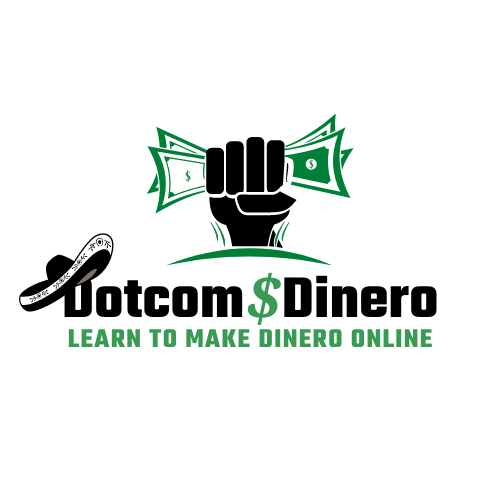
- onlinebenjamins.com
- thebeachangler.com
- thesinnerinthemirror.com
- YouTube: Online Benjamins
- Facebook: Online Benjamins
- Twitter: @onlinebenjamin1
- Instagram: dotcomdinero
Rex
P.S. Again, Wealthy Affiliate is COMPLETELY FREE to get started. No catch, no obligation, and no bait and switch. I will personally be in touch with you upon joining to offer my support and guidance to help you get up and running online.
P.P.S. If you have any questions or are unsure of anything, I am here and I promise I will get back to you on all of your questions and comments. Just leave them below in the comment section. Follow me on Twitter: @onlinebenjamin1, Instagram: dotcomdinero, and Facebook: Online Benjamins.
I’m Rex, owner of Dotcom Dinero. And, being a self employed entrepreneur for nearly 30 years, I have learned a lot about business, being your own boss and how to make “dinero”. Follow me here and I’ll share with you my experiences, tips, and strategies for building a profitable online business. We’ll review the latest money making products and scams to help you navigate the sometimes “shady” world of making money “dinero” online.
